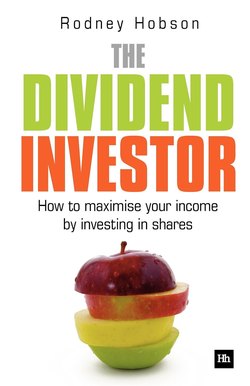Читать книгу The Dividend Investor - Rodney Hobson - Страница 16
На сайте Литреса книга снята с продажи.
Case study: Wynnstay
ОглавлениеAccording to Paul Roberts, the finance director of Wynnstay, the most important point in setting the dividend is to maintain balance.
His company, supplying agricultural products and pet foods, was floated on the Alterntive Invesrtment Market (AIM) in 2004 after two years on Ofex, the third tier trading system now called Plus. By August 2011 it had a stock market capitalisation of £54.5 million.
Initially it paid just one, final, dividend a year to keep down costs but introduced an interim dividend in 2006, roughly in the ratio of 1:2.
As the man in charge of the coffers, Paul is conscious of the need to retain sufficient cash to develop the business while providing some rewards for shareholders.
He says:
We have had a long term strategy, both prior to flotation and since, to give a clear view to the markets what our dividend policy would be. Because we are a small cap company we have a requirement for capital so retained earnings are an important part of our strategy. However, the message that we put out was that the dividend policy would be progressive, all other things being equal.
The directors were conscious that larger companies usually try to cover the dividend two or at most three times with earnings but Winnstay made it clear from the start that it would probably be targeting a higher dividend cover policy. The board felt a cover of about four times was appropriate.
Paul says this openness has been well received by the stock market – indeed some shareholders indicated that they would be willing to forego dividends in the early years to allow more cash to be invested in the company.
However, Wynnstay has stuck to its intention of increasing the dividend by 5-10% each year since it changed its financial year from the calendar year to the 12 months to 31 October in 2006.
